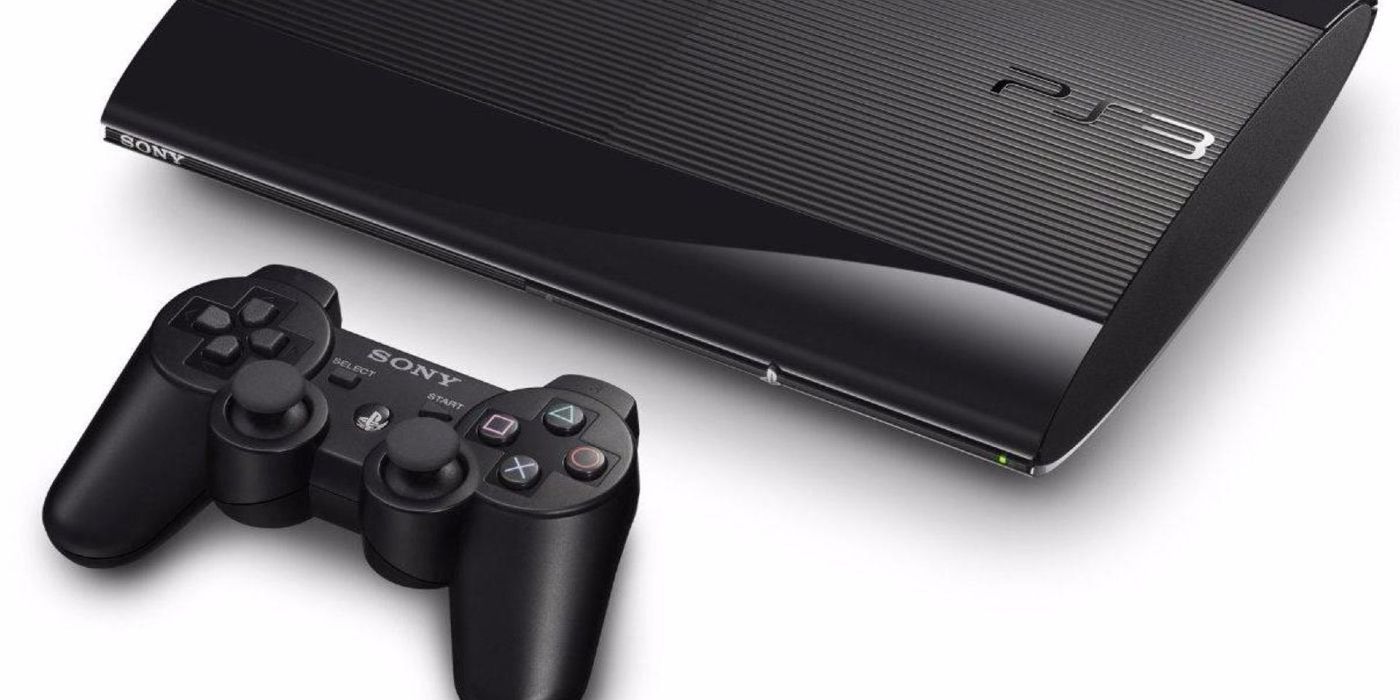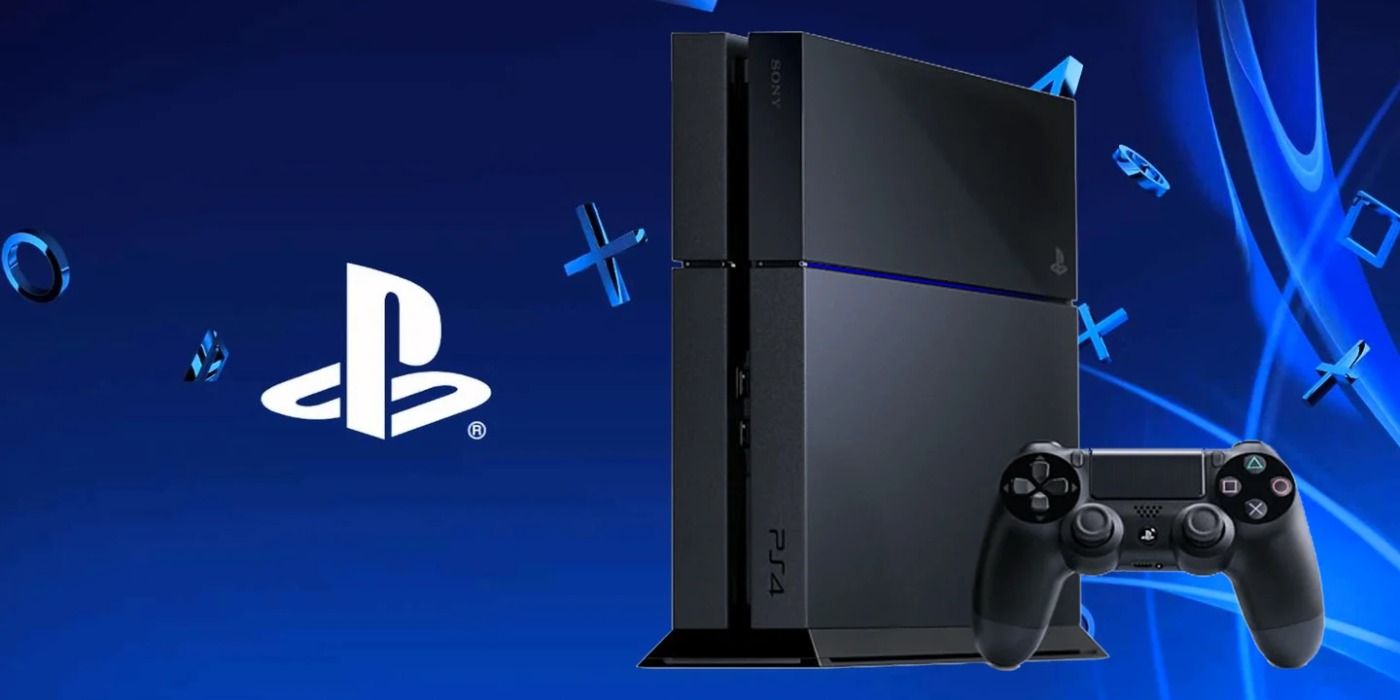The Playstation 3's Cell processor is still stronger than modern intel desktop chips, Guerrilla Game’s co-director and technical director, Michiel van der Leeuw said in a recent interview. With the PS5’s set to release with an AMD GPU during the 2020 holiday season, eyes have been turned towards the company’s past with anticipation of its future.
The Playstation 3 released in November of 2006 and marked a difficult time in Sony’s product cycle. The console hosted an impressive central processing unit known as a Cell Microprocessor, a multi-purposed digital integrated circuit CPU that reduces the cost of overall processing power. The one used in Sony’s PS3 holds 256 megabytes, or MB, of Rambus extreme data rate dynamic random-access memory, or XDR DRAM; in comparison Sony’s prior system, the Playstation 2 holds 32 MB of Direct Rambus DRAM. During the PS3's lifecycle, the Cell processor was unusual and challenging to work with, especially when trying to develop games for multiple systems.
Kazunori Yamauchi, President and Representative Director of Polyphony Digital Inc., said in a recent interview with Game Informer that the PS3's technological prowess actually made it harder to design for back then. Michiel van der Leeuw added that the CPU was closer to the way that modern GPUs, as even today it continues to surpass the faster chips used in desktops. The issue was that the power the PS3’s Cell CPU held was challenging to access. Tweaktown reports that Sony went in an opposing direction with the Playstation 4, aiming to make developing for the system far more manageable than its predecessor. With its x86 architecture, developers had a far easier time of making games for multiple systems despite it not being as impressive. The x86 was set up with the goal of being ready for the future, and thus they opted to use a less impressive, Jaguar-based accelerated processing unit, or APU. Playstation 5 is also set to use x86.
While the Playstation 3’s cell processor was a marvel of the times, its unique specifications made it unfavorable to developers. The Playstation’s direct competitors, Microsoft’s Xbox 360 used an IBM designed triple-core xenon, which was easier to work with when developing games for the PC. The Playstation 4 placed the brand back on the right track, and the system’s simpler devkit enabled games to be developed for multiple consoles with similar quality, whereas in the past developers had to wrangle an unfamiliar system in order to get their games to work optimally.
While the Playstation 3 hamstrung developers with its strange build, Sony shouldn’t disregard its ambitious design. The Playstation 4 was a success because of its lessons learned, and these lessons shouldn’t hopefully won’t be forgotten with this upcoming generation.
Source: Tweaktown, Game Informer


